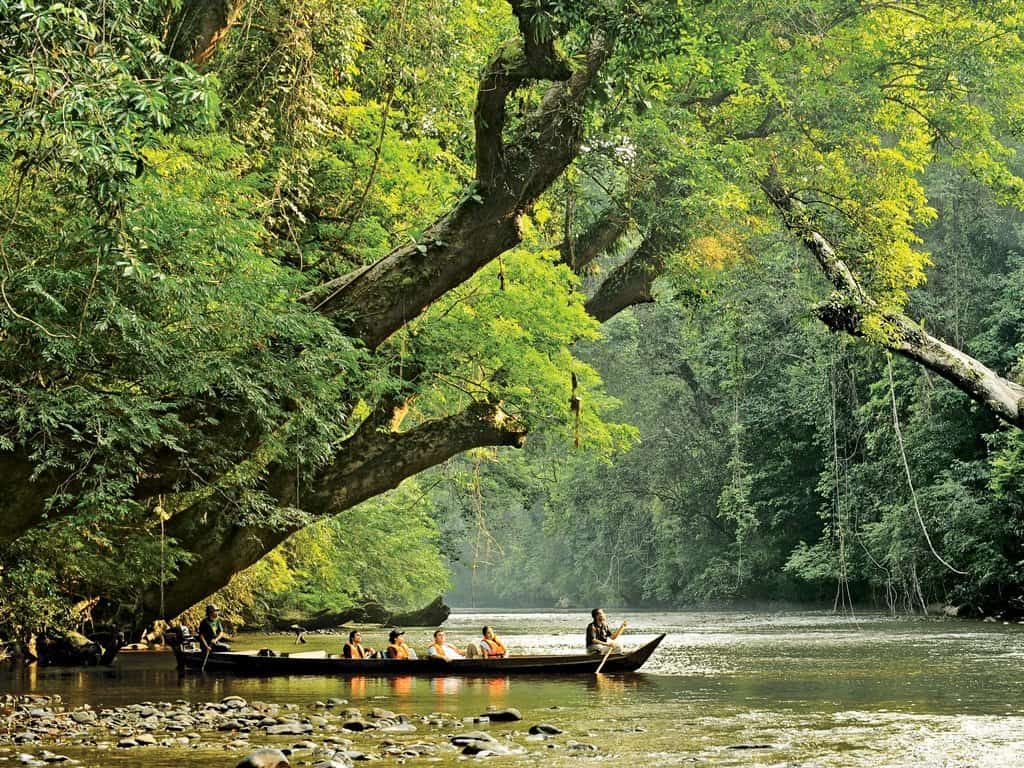RIPARIAN FRINGES

Narrow strips of vegetation found along, and characteristics of river courses. A riparian forest is a wooded area of land next to a body of water, such as a river, stream, or lake. Riparian forests are important habitats for many organisms and help regulate water temperatures. Features:
- Transition zone: Riparian forests are a transition zone between land and water
- Adaptation: Organisms in riparian forests are adapted to periodic flooding
- Temperature regulation: Riparian forests shade water bodies, helping to regulate water temperatures
- Sediment trapping: Riparian forests trap sediment from terrestrial sources
- Bank stabilization: Riparian forests help to stabilize stream banks
- Flood prevention: Riparian forests help to prevent flooding by retaining water
Threats
- Human activity: Human activity can degrade and destroy riparian forests
- Regulation of rivers: Regulation of rivers can impact riparian forests
- Drainage reclamation: Drainage reclamation can impact riparian forests
- Reduction of floodplains: Reduction of floodplains can impact riparian forests
Other terms riparian zone, riparian woodland, riparian buffer zone, riparian corridor, and riparian strip.The word riparian comes from the Latin word ripa, which means "river bank". The best known and most abundant is Dipterocarpus oblongifolius (Keruing neram).



